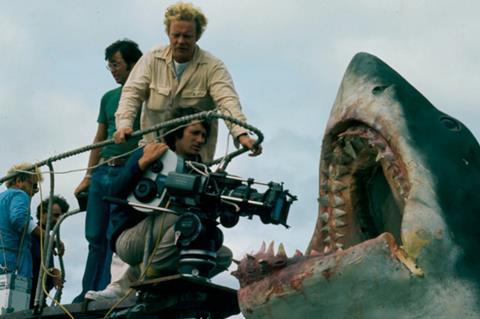
Steven Spielberg regaled reporters with stories about the making of Jaws on Wednesday as he introduced an exhibition about his landmark 1975 tentpole at the Academy Museum in Los Angeles.
“The film cost me a pound of flesh and gave me a tonne of career,” the filmmaker quipped after explaining how the ambitious feature, which was recently re-released at the North American box office, nearly stalled his career.
Production took place off Martha’s Vineyard in Massachusetts and was hampered by logistics, challenging weather, and the occasional regatta that would sail into the frame of the widescreen Panorama cameras.
Spielberg was talking at the Academy Museum’s David Geffen Theater, moments after the museum announced that it will host a retrospective of his work in 2028.
“I thought my career was already over halfway through Jaws because everybody was telling me this film was way over budget,” Spielberg said. “So I thought I’d better give it my all, because I didn’t think I’d be working in the industry again.”
Spielberg was 26 when he shot the adaptation of Peter Benchley’s novel about a giant shark that terrorises beach-lovers in Long Island. His prior experience stretched to one feature, The Sugarland Express in 1974, and Duel from 1971, which he noted was a TV movie.
“I was offered several times [by Universal executives] the opportunity to gracefully bow out because we were close to 90 days over schedule,” the two-time best director Oscar winner for Saving Private Ryan and Schindler’s List said. “It turned out we went 100 days over schedule and the shoot lasted 158 days.”
“I’ve never seen so much vomit in my entire life in the six months out at sea,” he said, adding that he was not personally afflicted by nausea, and recalling how the camaraderie of the cast and crew got the production over the finishing line.
“I didn’t intend to make a shark movie,” Spielberg said, explaining how he had envisioned Jaws to concern itself principally with three human characters – the police chief Brody played by Roy Schneider, Richard Dreyfuss’s marine biologist Hooper, and tough seafarer Quint played by Robert Shaw.
Jaws became a smash when Universal opened it in June 1975, going on to earn around $260m, which equates to roughly $1.5bn factoring in inflation. A 50th anniversary re-release opened last month in second place on $8.2m. Jaws earned three Oscars for sound, editing, and John Williams’ score, and screens at Toronto International Film Festival on September 13.
Spielberg made his remarks after a performance of excerpts from the score by the Hollywood Scoring Studio Orchestra, two of whom took part in the original recording.
He believes that had Jaws not become a commercial hit, he would not have been able to make his next feature, Close Encounters Of The Third Kind, for Columbia Pictures. The sci-fi hit opened in November 1977 and grossed around $307m worldwide, or roughly $1.6bn in today’s terms. Spielberg was on his way to becoming a legend.
’Jaws: The Exhibition’ opens on September 14 and features original posters from around the world, annotated pages from the original screenplay, sketches, shark models, and the original buoy that actress/stuntwoman Susan Backlinie desperately clings on to as the shark’s first victim.
The fourth model of the shark, named Bruce after Spielberg’s longtime lawyer Bruce Ramer, hangs above the escalators as a permanent exhibit at the museum.

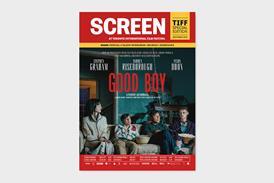
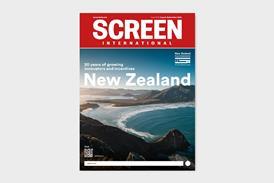

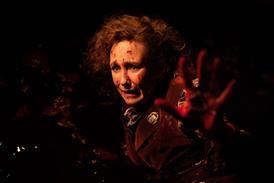
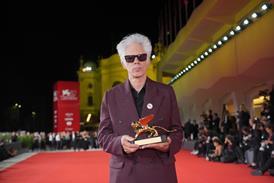
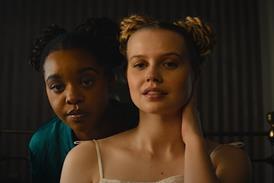
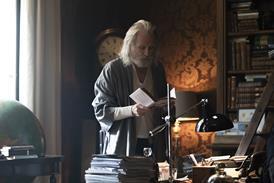
![[Clockwise from top left]: 'The Voice Of Hind Rajab', 'A House Of Dynamite', 'Jay Kelly', 'After The Hunt', 'The Smashing Machine'](https://d1nslcd7m2225b.cloudfront.net/Pictures/274x183/1/7/0/1459170_veniceawards_837515.jpg)
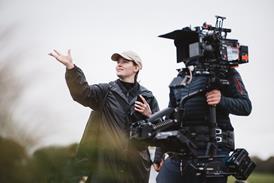


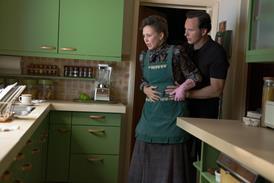
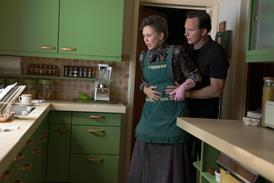
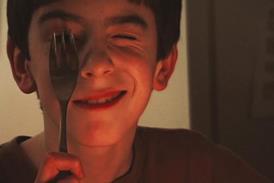





![[Clockwise from top left]: 'Nouvelle Vague', 'The Little Sister', 'A Private Life', 'Arco', 'It Was Just An Accident'](https://d1nslcd7m2225b.cloudfront.net/Pictures/100x67/6/2/0/1459620_nouvellevaguethelittlesisteraprivatelifearcoitwasjustanaccidentarpmk2filmsannecy_417202.jpg)


No comments yet